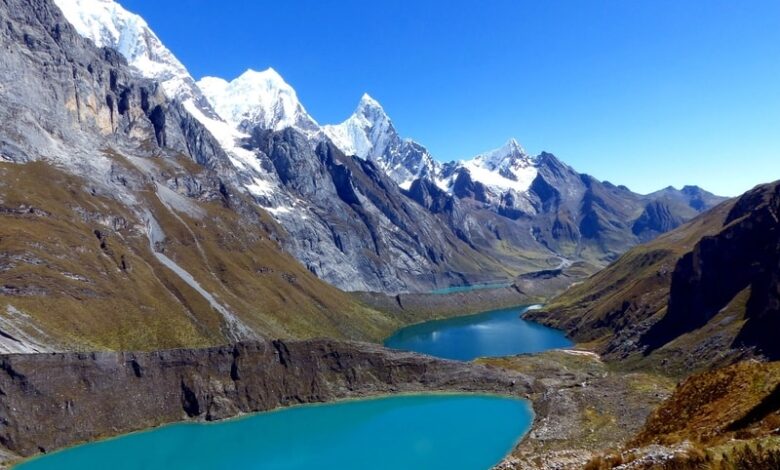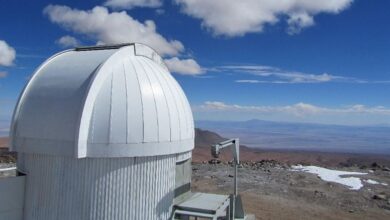ISRO reveals increase in glacial lake growth in Himalayas over the last few decades
Out of the 2,431 lakes identified in 2016-17, with a size exceeding 10 hectares, a staggering 89% of them have grown noticeably since 1984

The Indian Space Research Organisation (ISRO) has pointed out this remarkable expansion in the glaciated areas. Over the past few decades, satellite images have shown that glacial lakes in the Himalayas, especially in India, have been growing significantly.
“Of the 2,431 lakes larger than 10 hectares identified during 2016-17, 676 glacial lakes have notably expanded since 1984.” In its statement, the space agency highlighted that extensive satellite images capturing the Indian Himalayan river basins from 1984 to 2023 have revealed fascinating transformations in glacial lakes over the long term. Out of the 2,431 lakes identified in 2016-17, with a size exceeding 10 hectares, a staggering 89% of them have grown noticeably since 1984. Among these, 130 lakes are nestled within India, with 65 in the Indus River basin, 7 in the Ganga River basin, and 58 in the Brahmaputra River basin.
The Himalayan range is also known as the ‘Third Pole’ because of their big glaciers and snow, which are very sensitive to climate change. Scientific studies demonstrate that glaciers all over the world are disappearing more than ever since the Industrial Revolution. In its report titled ‘Satellite Insights: Through the ‘Expanding Glacial Lakes in the Indian Himalayas’, ISRO introduces a unique approach to lake statistics distribution by height.
Delving into the data, it reveals a story of 314 lakes nestled between 4,000 to 5,000 meters, with an additional 296 lakes soaring above 5,000 meters. ISRO’s research on the Ghepang Ghat glacial lake in the Himachal Pradesh’s Indus river basin revealed that it is situated at an elevation of 4,068 meters. From 36.49 hectares in 1989 to 101.30 hectares in 2022, the lake size experienced a significant increase of 178%. This comes to an annual growth rate of 1.96 hectares.
A satellite data monitoring converts glacial lakes into a very dynamic ecosystem. This monitoring not only reveals the dynamic nature of glacial lakes but it also provides data to manage environmental impacts and to devise methods to mitigate the risks associated with Glacial lake outburst floods (GLOFs)changing climatic conditions. When glaciers melt, new lakes appear at their place instead, and the local lakes grow, so overall the area of the Himalayan lakes increases that in turn are the main water sources for local rivers.
Nevertheless, these lakes prove to harbour many perils such as the GLOFs that will severely disrupt social and economic life of people in the downstream areas. GLOFs is a situation that is triggered when large volumes of the melted water is discharged from the glacial lakes due to the collapse of the natural barriers like moraines or ice. This event together with other environmental elements causes landslides and the avalanches that result in dam collapses and flooding downstream.
ISRO revealed that they faced problems during the study because of the remote and rough conditions. However, despite this, satellite remote sensing became a crucial tool for the inventorying and monitoring, providing extensive coverage and re-visiting possibilities as reported by the space agency. It is evident that the more consistently close observation and assessment of glacial lakes are done, the better the estimation of glaciers’ retreat paces, forecasts of GLOFs danger, and climate change consequences can be gained.



